
Written by Jarvis Blake
The article has been written in honor of this month’s Met Gala theme, “Superfine: Tailoring Black Style,” and it accompanies the Costume Institute’s spring exhibition that will explore Black dandyism as both a form of art and activism.
“Superfine: Tailoring Black Style” reimagines Black dandyism as a powerful tale of resistance and self-definition. Spanning the limitative sumptuary codes of colonialism to the flamboyance of the Harlem zoot suits and the visionary futurisms within Afrofuturist couture, this Met Gala-focused exhibition and gala experience interweaves a multi-sensory experience—sight, sound, smell, and digital interactivity—into a unified narrative of oppression, liberation, and heritage.
Powered by celebrity partnerships and community-led initiatives, the impact continues past the gala itself in the form of scholarships, curricular development, and a traveling exhibition through Africa, Europe, and the Caribbean.
Introducing Black Dandyism as a Cultural Resistance
During the 17th to 19th centuries, European colonial powers carefully legislated the clothing allowed for enslaved and free Black people. Such sumptuary laws criminalized the wearing of luxurious fabrics, bright colors, and fitted silhouettes, deeming any sort of sartorial finery a threat to white supremacy. By attempting to police dress, the colonial authorities sought to divest Black people of the self-respect that came with self-fashioning.

Despite these limitations, early Black tastemakers emerged. In Saint-Domingue, Générale André Rigaud dressed in flawless military attire—his gold epaulettes and carefully cut coat became symbols of mixed-race action within the Haitian Revolution. In late-Georgian London, Black tailors, influenced by Beau Brummell’s restrained elegance, quietly protested British fashion hierarchies, sewing insurrection into every seam they created.
Emancipation to Afrofuturism: A Shifting Lexicon of Style
Following emancipation, tailored suits became a way of performing black citizenship. A well-pressed collar and a fitted waistcoat became a political spectacle—announcing economic value and insisting on the claim for social acknowledgment in Reconstruction America.
The Harlem Renaissance and the Zoot Suit Rebellion
In the 1920s and ’30s, the Harlem jazz spots became colorful displays of a brazen counter-aesthetic. Zoot suits, which featured their expansively broadened shoulders and pleated pants, became visual symbols of resistance. Young Black and Latinx men dressed in these suits faced a hostile backlash in the form of the 1943 Zoot Suit Riots in Los Angeles.

Civil Rights, Black Power and Contemporary Understanding
The 1960s and 70s saw the rise of leather jackets, Afros, and dashikis specially designed as symbols of liberation. Today visionary Afrofuturistic creators Thebe Magugu and Kerby Jean‑Raymond are fearlessly reimagining ancestral prints in a hyper-modern setting, boldly pushing the definition of Black dandyism.

Creating the “Superfine” Exhibition
- Gallery 1: Imposed Clothing
Mannequins wear layers of plantation uniforms beneath the glowing letters of sumptuary legislation. In the distance, the sounds of field hollers blend in the drifting aromas of leather and tobacco to surround visitors in the oppressive sensory climate of the times.
- Gallery 2: “Gentlemanly Revolt”
This salon-style room features 19th-century bespoke suits, tailored by Black tailors from New Orleans, Kingston, and London. Interactive maps encourage visitors to tour the diasporic centers of tailoring activity, and original tools and ledger books convey a sense of personal intimacy.
- Gallery 3: “Rhythms of Rebellion
A dynamic exhibition that features Harlem zoot suits, Black Panther leather jackets, and streetwear today. Augmented reality mirrors enable instant “try-on” that can immediately be posted on social media—a dynamic visual library of style in motion.

Live Performance and Panel
An opening choreopoem integrates threads of vogue, era ballroom, and protest chant rhythms. A panel, deftly moderated by cultural critic Michaela Angela Davis, asks the question:
“What does it mean to dress free?”
The Saga Continues
Freedom through Style “Superfine: Tailoring Black Style” goes far beyond spectacle. It reimagines the dandy Black as not an idiosyncratic exception but a thoughtful thinker, in which dress has shaped social debate. Blending textual precision with sensory empathy, celebrity endorsement, and public engagement, this vision for the Met Gala initiates an international conversation about liberation through fashion. With each seam and each silhouette, it asserts: style equals power—and that power, when assumed, becomes freedom.
Sources:
- “Barbados Slave Code.” Wikipedia, 25 Apr. 2025,
https://en.wikipedia.org/wiki/Barbados_Slave_Code. (Wikipedia) - “Excerpts From South Carolina Slave Code Of 1740 No. 670.” USHistoryScene,
https://ushistoryscene.com/article/excerpts-south-carolina-slave-code-1740-no-670-1740/. (U.S. History Scene) - Grossberg, Michael, and Christopher Tomlins, editors. The Cambridge History of Law in America. Volume 1: Early America (1580–1815). Cambridge UP, 2008.
https://assets.cambridge.org/97805218/03052/frontmatter/9780521803052_frontmatter.pdf (Cambridge Assets) - “For the Black Dandy, Fine Clothes Asserted Dignity.” History.com, 3 May 2025,
https://www.history.com/articles/black-dandy-fashion-met-gala-theme. (HISTORY) - “Zoot Suit Riots.” Online Archive of California, UCLA Library Special Collections,
https://oac.cdlib.org/ark:/13030/hb658007d7/. (California Digital Library) - Payne, Charles M. I’ve Got the Light of Freedom: The Organizing Tradition and the Mississippi Freedom Struggle. UC Press, 2007.
https://www.ucpress.edu/book/9780520251762/ive-got-the-light-of-freedom. (University of California Press) - “National Museum of African American History and Culture.” Smithsonian NMAAHC,
https://nmaahc.si.edu/. (National Museum of African American History) - “Google Arts & Culture.” Wikipedia, 2 Feb. 2025,
https://en.wikipedia.org/wiki/Google_Arts_%26_Culture. (Wikipedia) - “Online Exhibits.” Google Arts & Culture,
https://artsandculture.google.com/project/exhibits. (Google Arts & Culture) - Smith, Cassander L. “Respectability Politics and Early African American Literature.” African American Literature in Transition, 1750–1800, edited by Rhondda R. Thomas, Cambridge UP, 2022,
https://doi.org/10.1017/9781108860864.014. (cambridge.org)

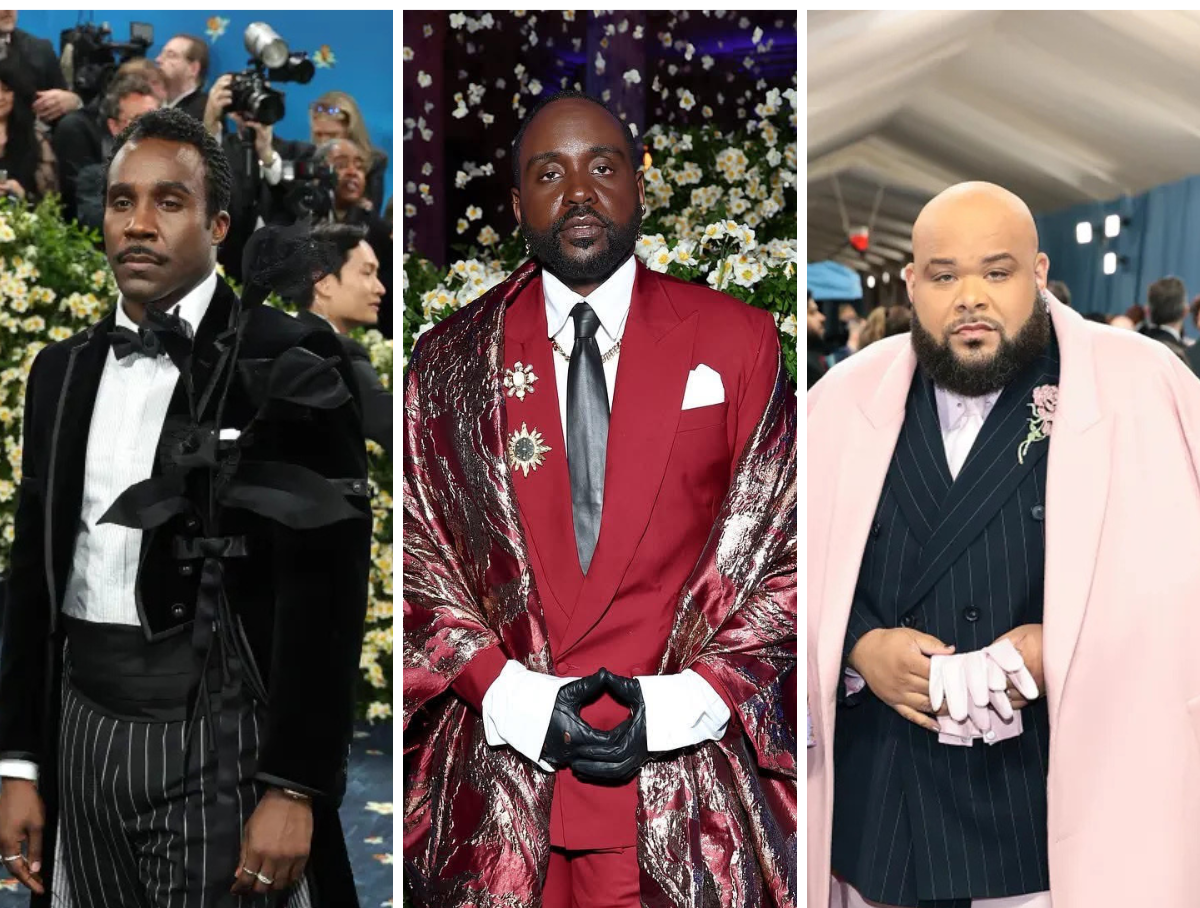

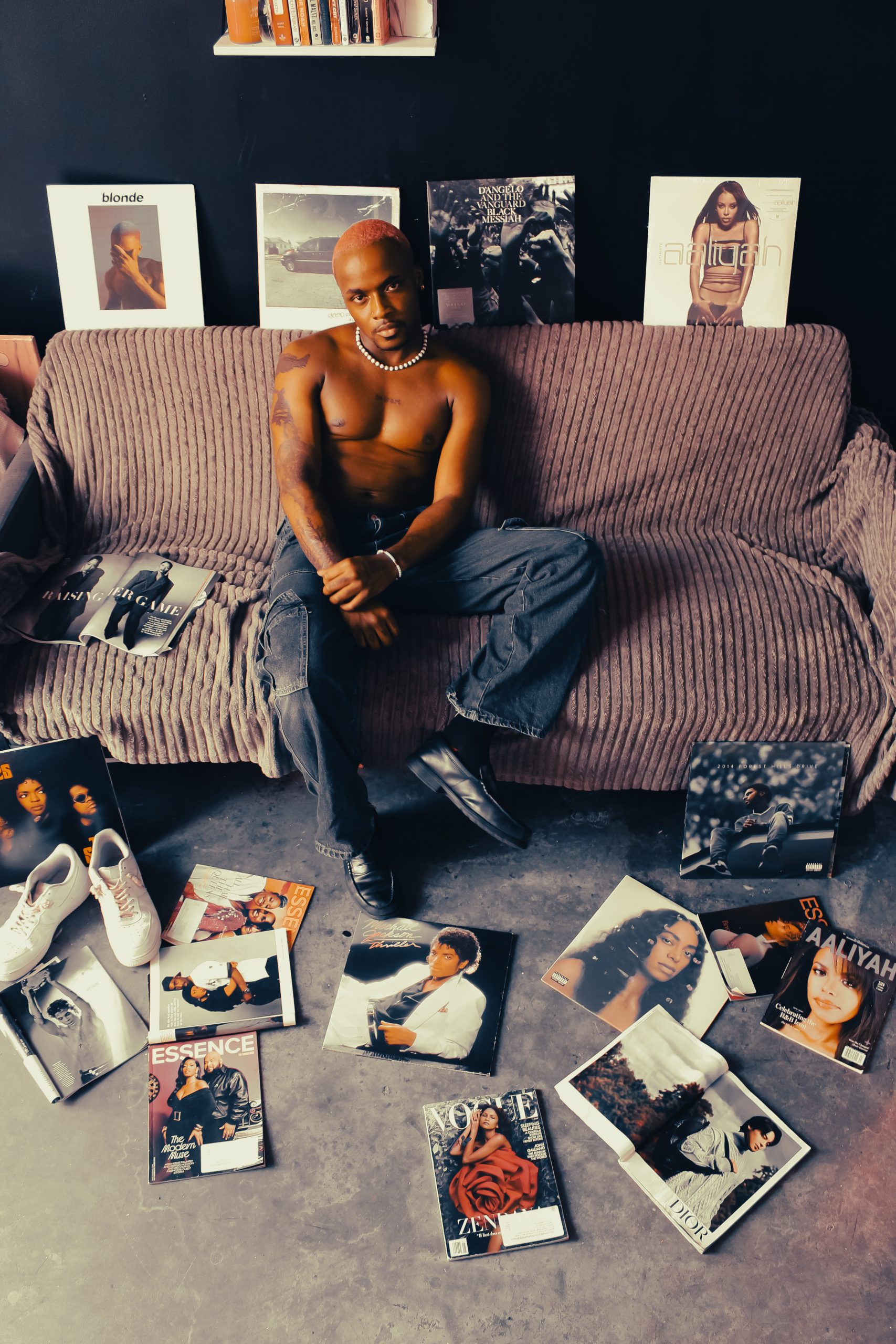


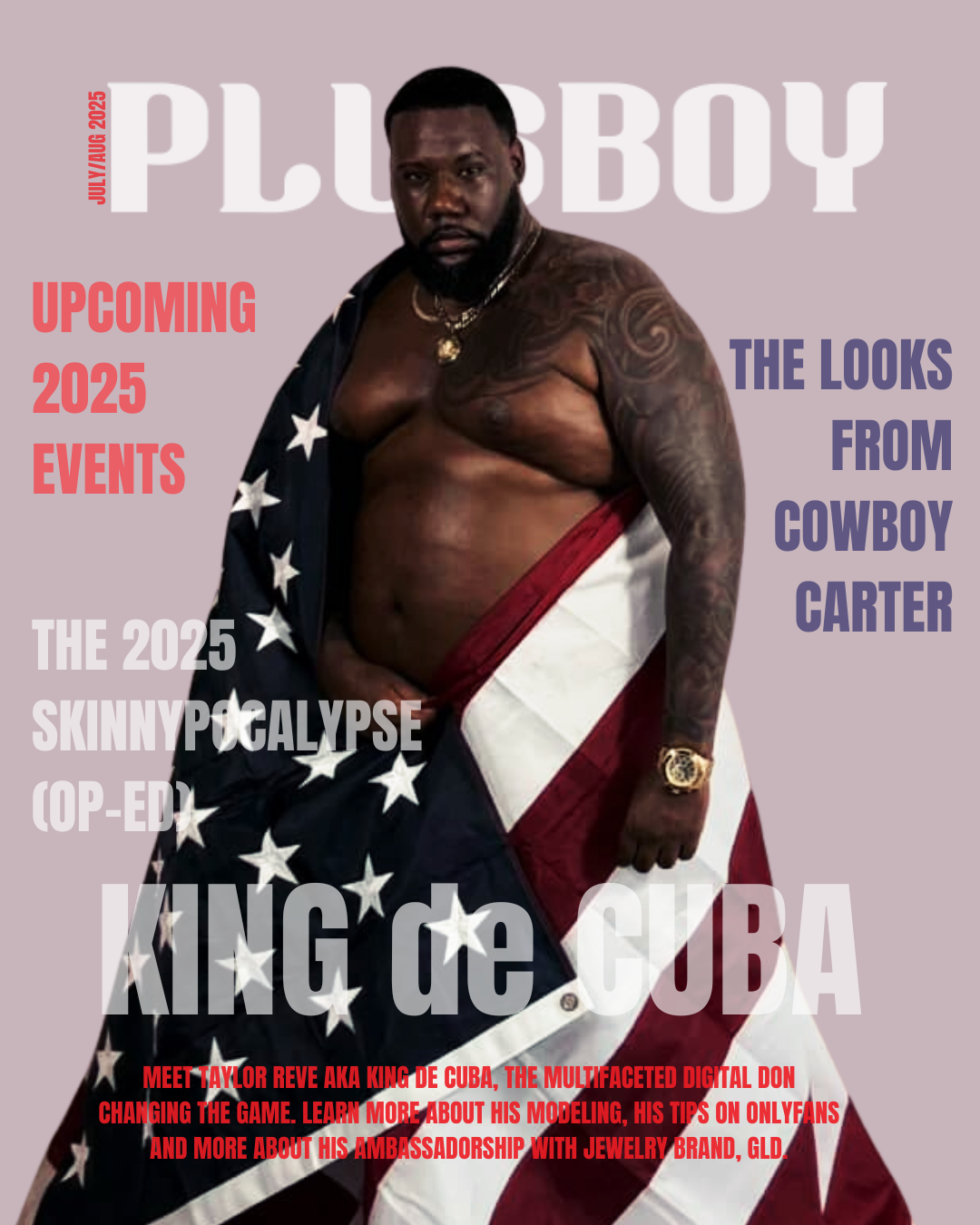
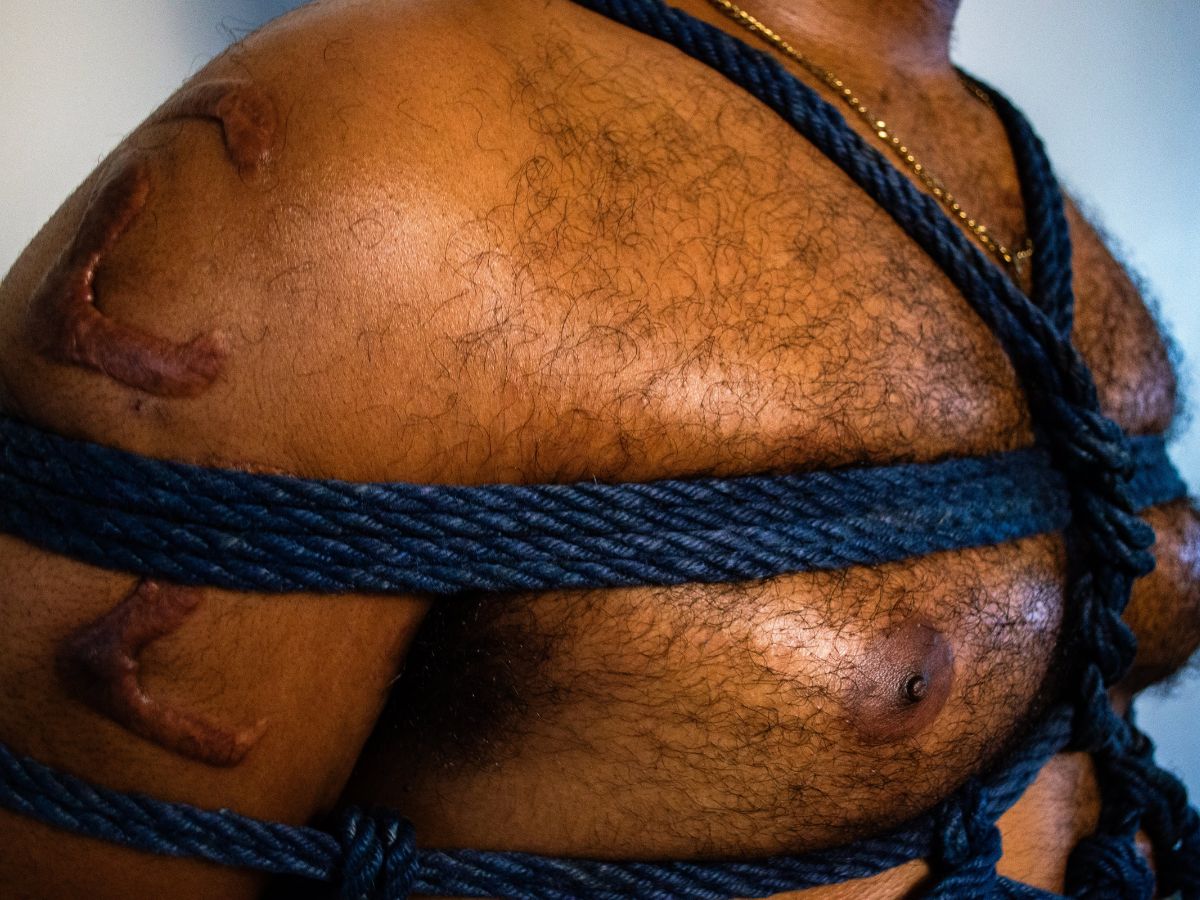
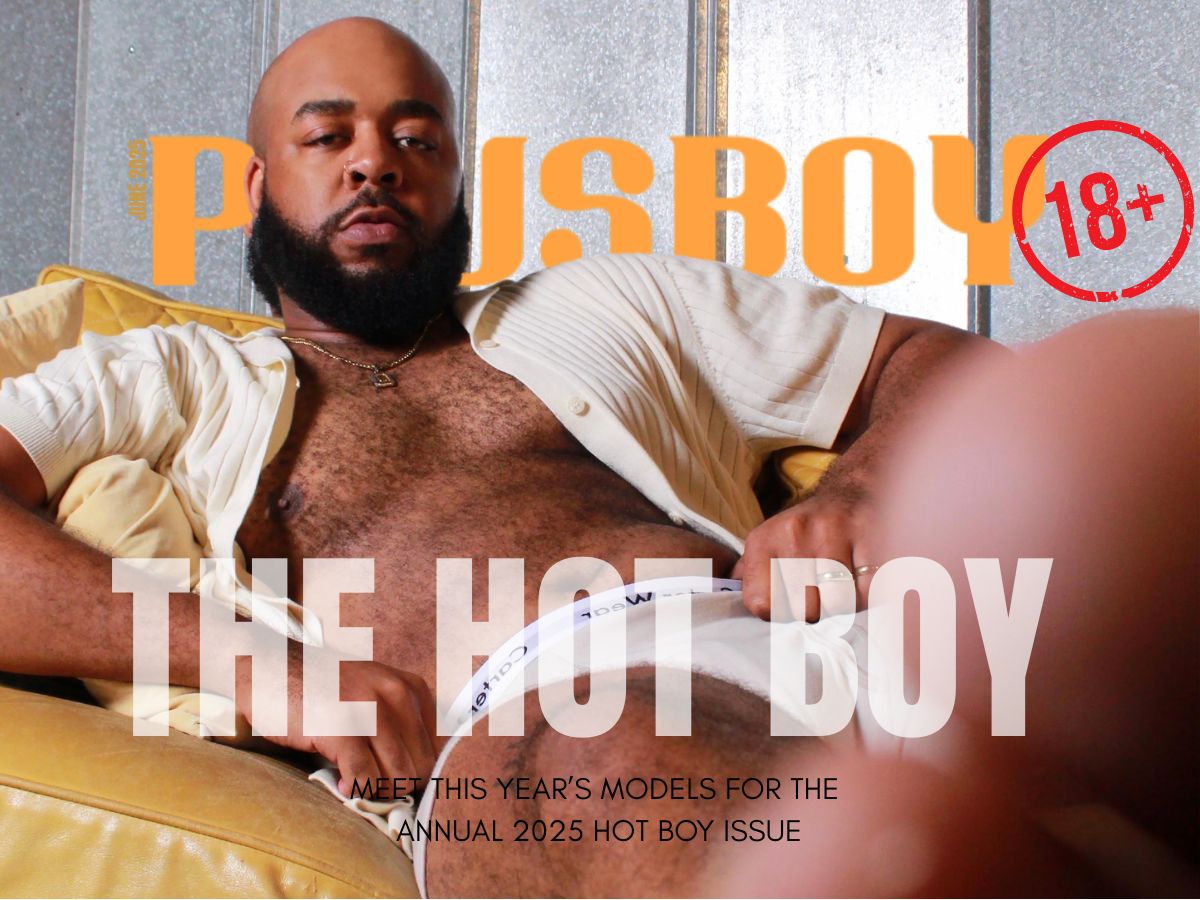
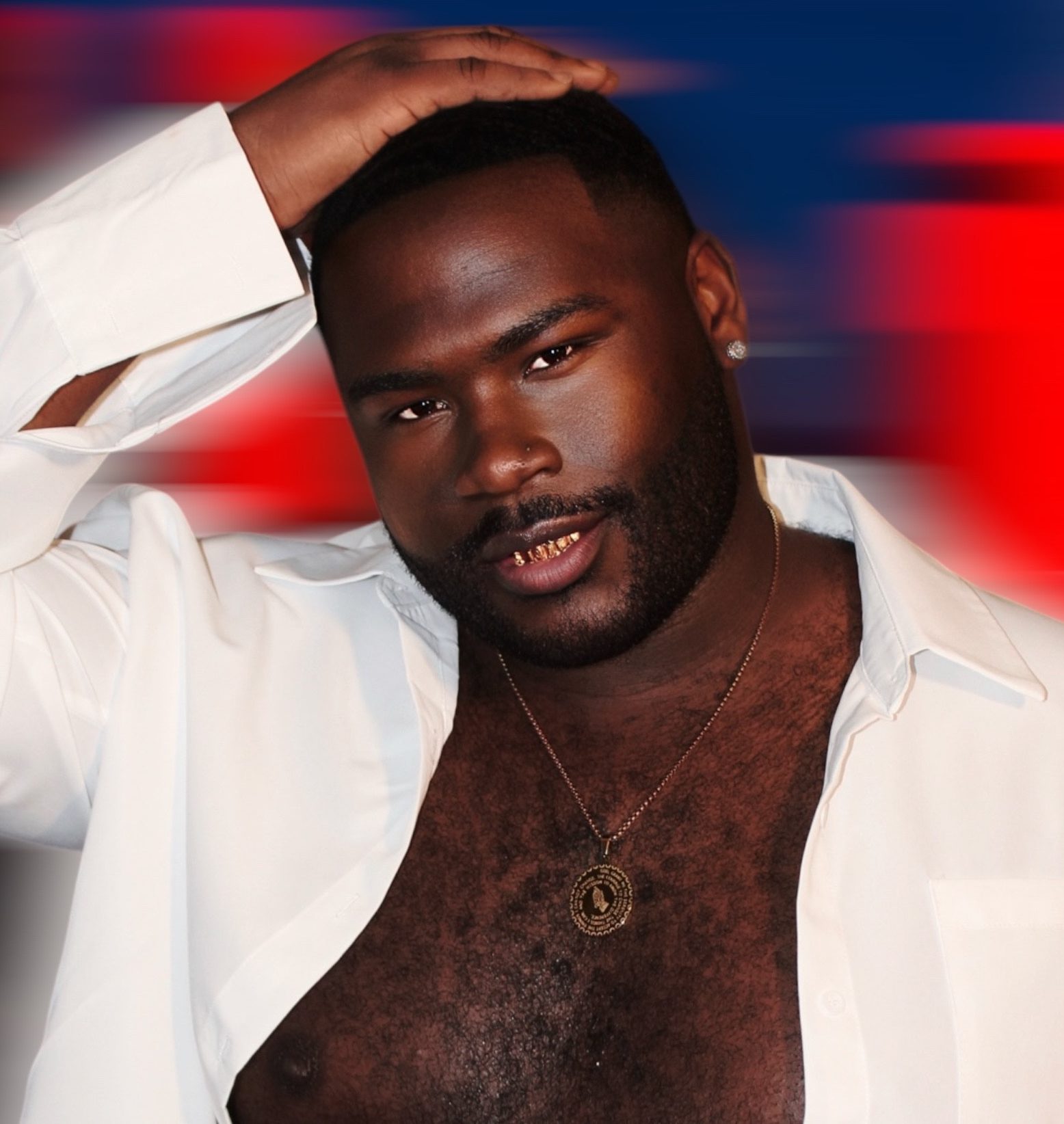
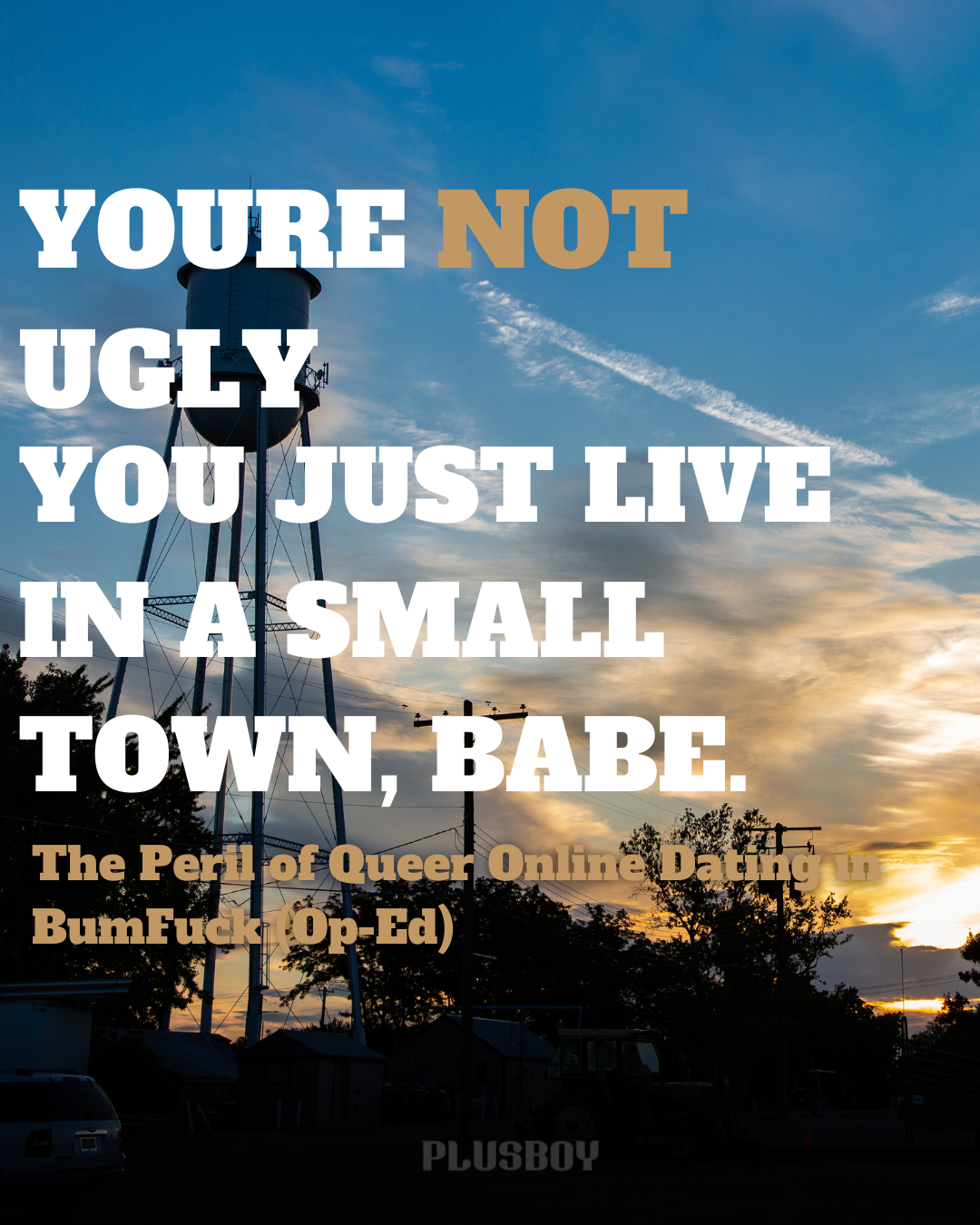

Leave a Reply